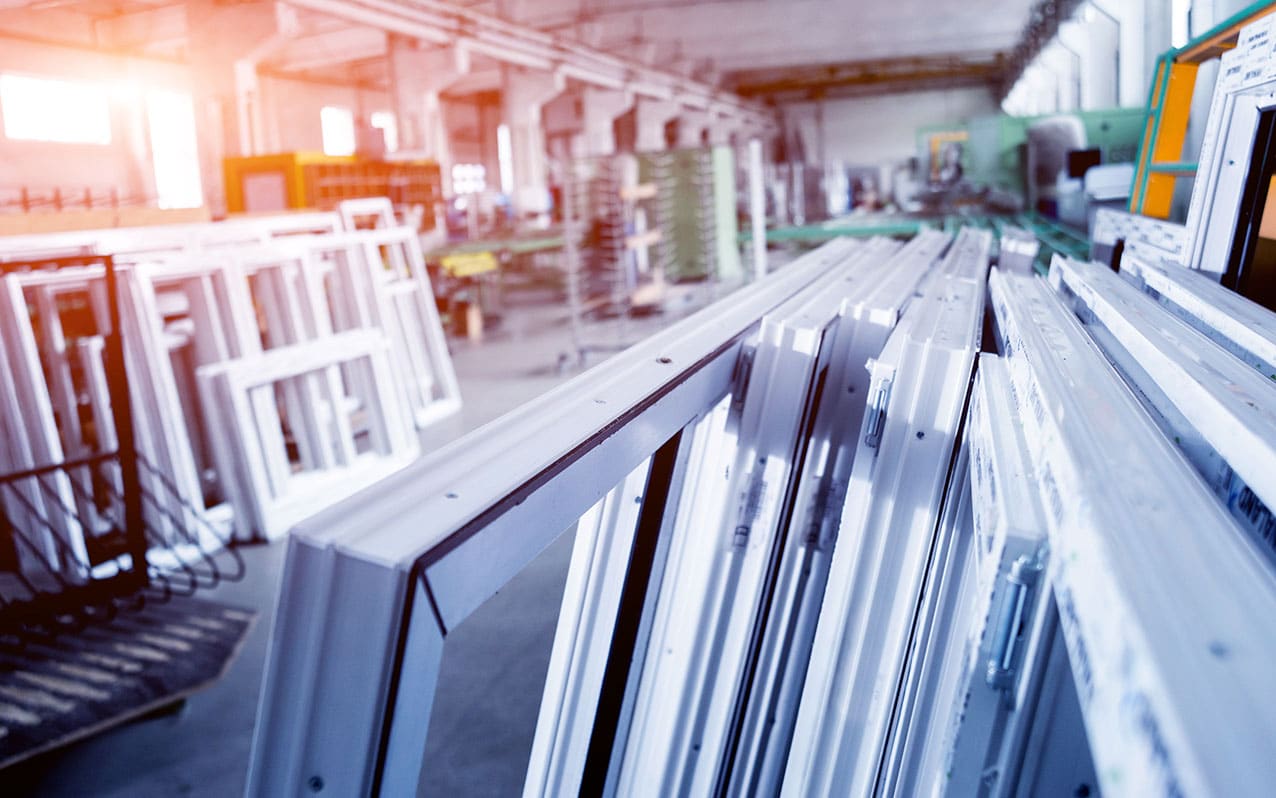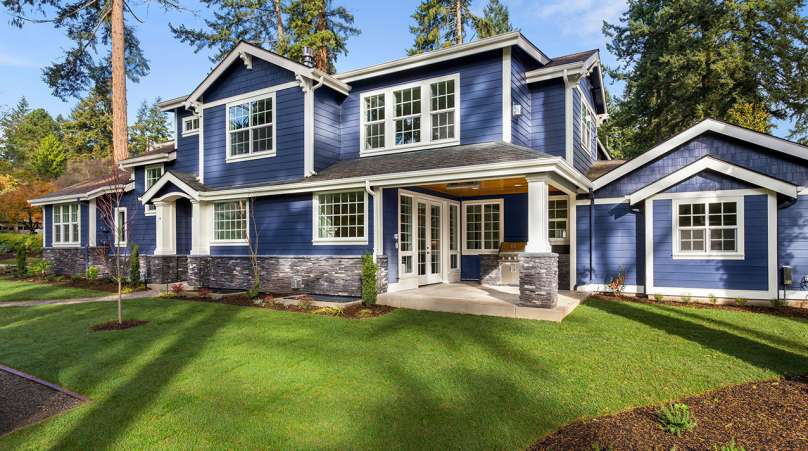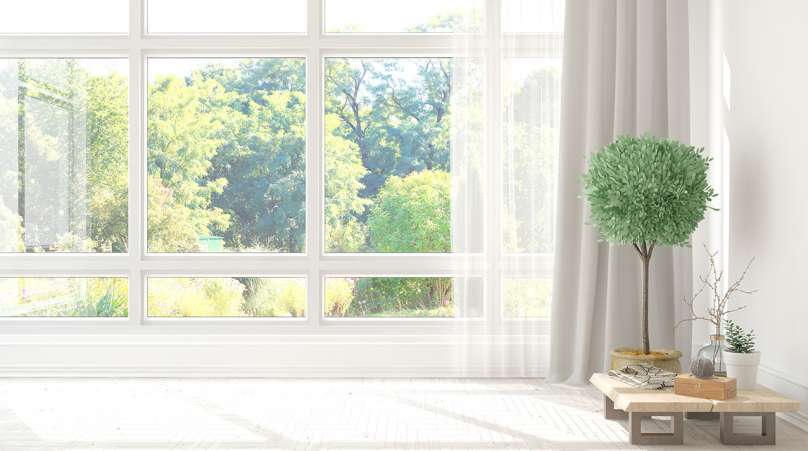
The Difference Between Vinyl And Fiberglass Windows
In recent years, the windows market has seen a new premium option enter the fray, that of fiberglass and composite windows. When you compare these windows to high quality vinyl windows, it’s a pretty tight match, considering the qualities of both. Continue reading below to see how the two types of windows stack up against each other.
Energy efficiency
You may have heard that fiberglass and composite windows are super energy-efficient, because they have that same insulation capability that fiberglass has for attics and the walls of your household. If you paid attention to the hype issued by manufacturers of these window types, that’s exactly what they try to make you believe.
However, the truth is that the fiberglass component of a window is only related to the frame itself, and that’s responsible for only a small portion of the overall energy efficiency a window is capable of. The real elements of energy efficiency lie more in the area of having an airtight seal, multiple insulating air chambers, and the specific glass package of a window. When you compare vinyl windows to fiberglass and composite windows, they have very similar energy-efficient capabilities.
Multiple air chambers
High-quality vinyl windows have multiple air chambers which serve as a natural insulator, because the greater the number of air pockets, the better your installation will be. Some high-quality vinyl windows also offer the option of foam inserts which will increase energy efficiency to an even greater extent. The best fiberglass/composite windows have a similar structure, and can therefore achieve close to the same level of energy efficiency. When touting their products to the public however, the manufacturers of fiberglass/composite windows often compare them to lower grade vinyl windows, to make it appear that they have a superior product.
Airtight seal
The best way to ensure an airtight seal is to have fusion-welded corners, and virtually all high-quality vinyl windows are equipped with this kind of seal. The seal means that the vinyl actually melts and presses together, so as to create a single solid frame which is fused together. This allows for no possibility of air penetrating through gaps anywhere.
When you compare this to the structure of fiberglass/composite windows, you’ll find that their airtight seal is less comprehensive, since the window corners are generally held together with screws or some kind of bracket. Without the benefit of fusion-welded corners like vinyl windows have, they simply cannot be as airtight, and therefore their air infiltration rating doesn’t compare favorably to vinyl windows.
Durability
Fiberglass/composite windows generally require more frequent maintenance, in order to keep them from acquiring a worn-out appearance over a period of time. It also happens that as these windows are being installed, it’s fairly easy to inflict damage on fiberglass/composite windows, which means they will need to be re-painted or touched-up, so as to restore their original appearance.
High-quality vinyl windows have extraordinary flexibility and toughness, so you won’t have to worry about any kind of chipping or cracking as they’re being installed. They also stand the test of time and do not acquire a worn-out look after just a few years. In terms of toughness and durability, high-quality vinyl windows win out every time over fiberglass/composite windows. All things considered, your best bet would be to purchase high-quality vinyl windows, because another area where they clearly win out over fiberglass/composite windows is in the relative price of the two.




